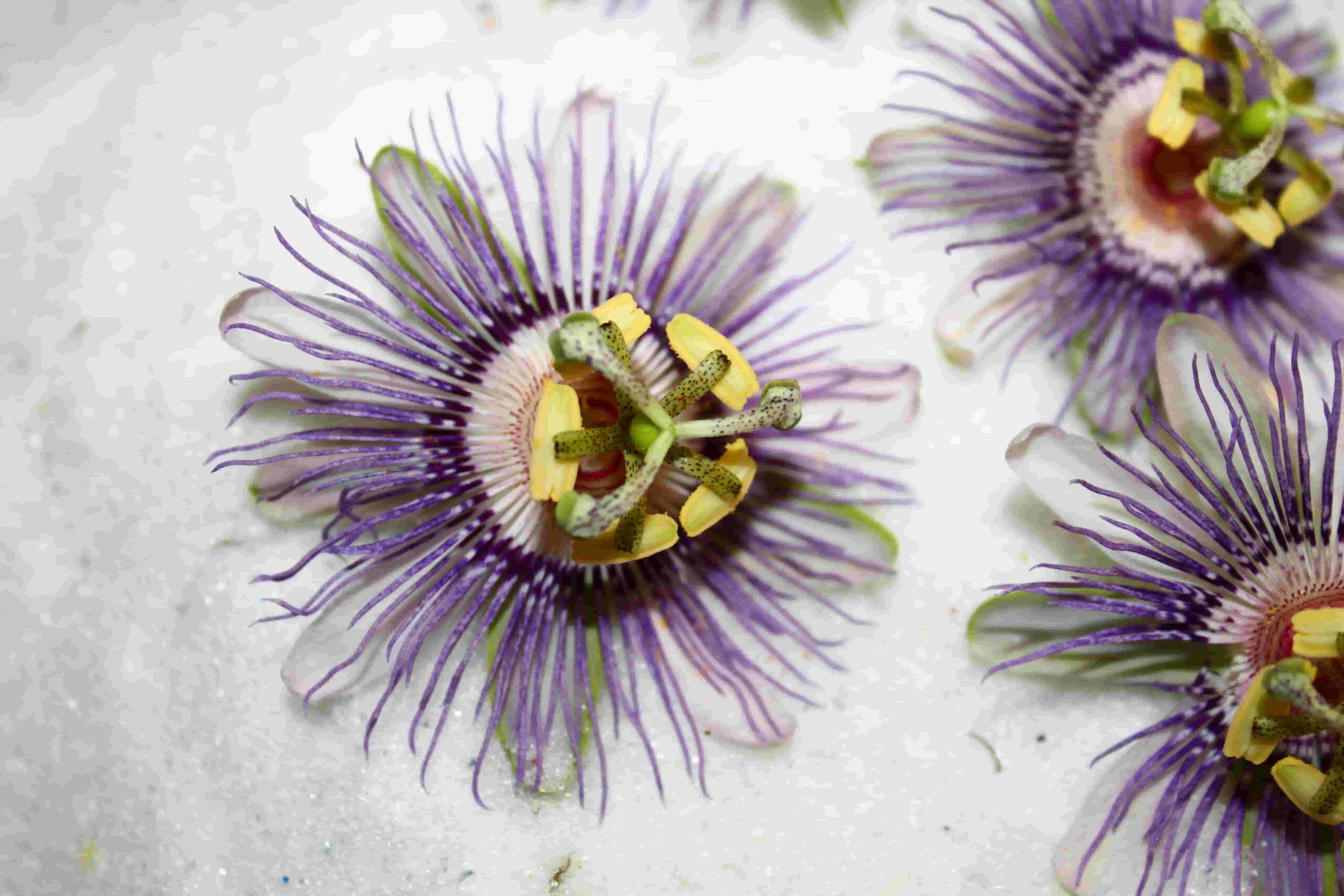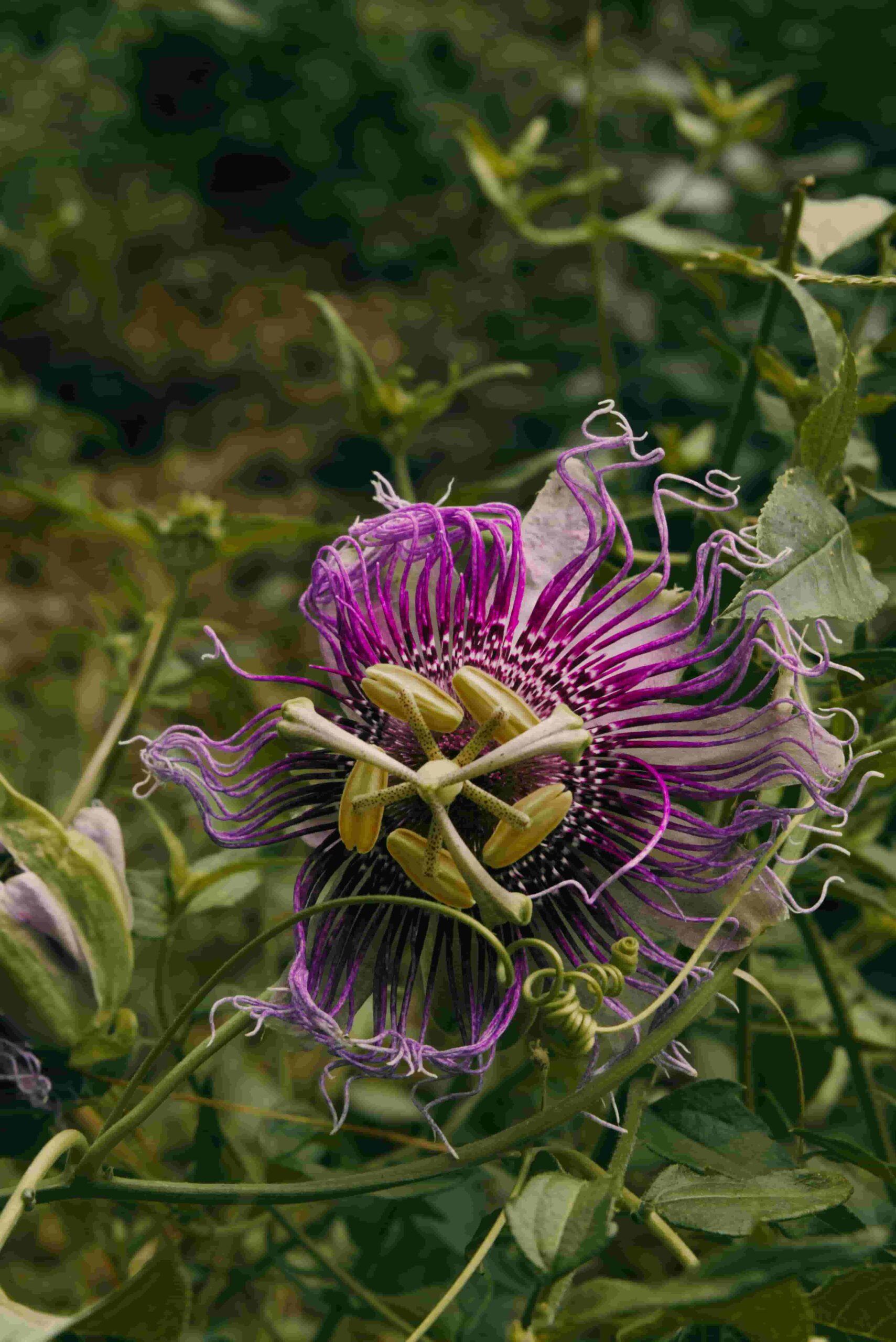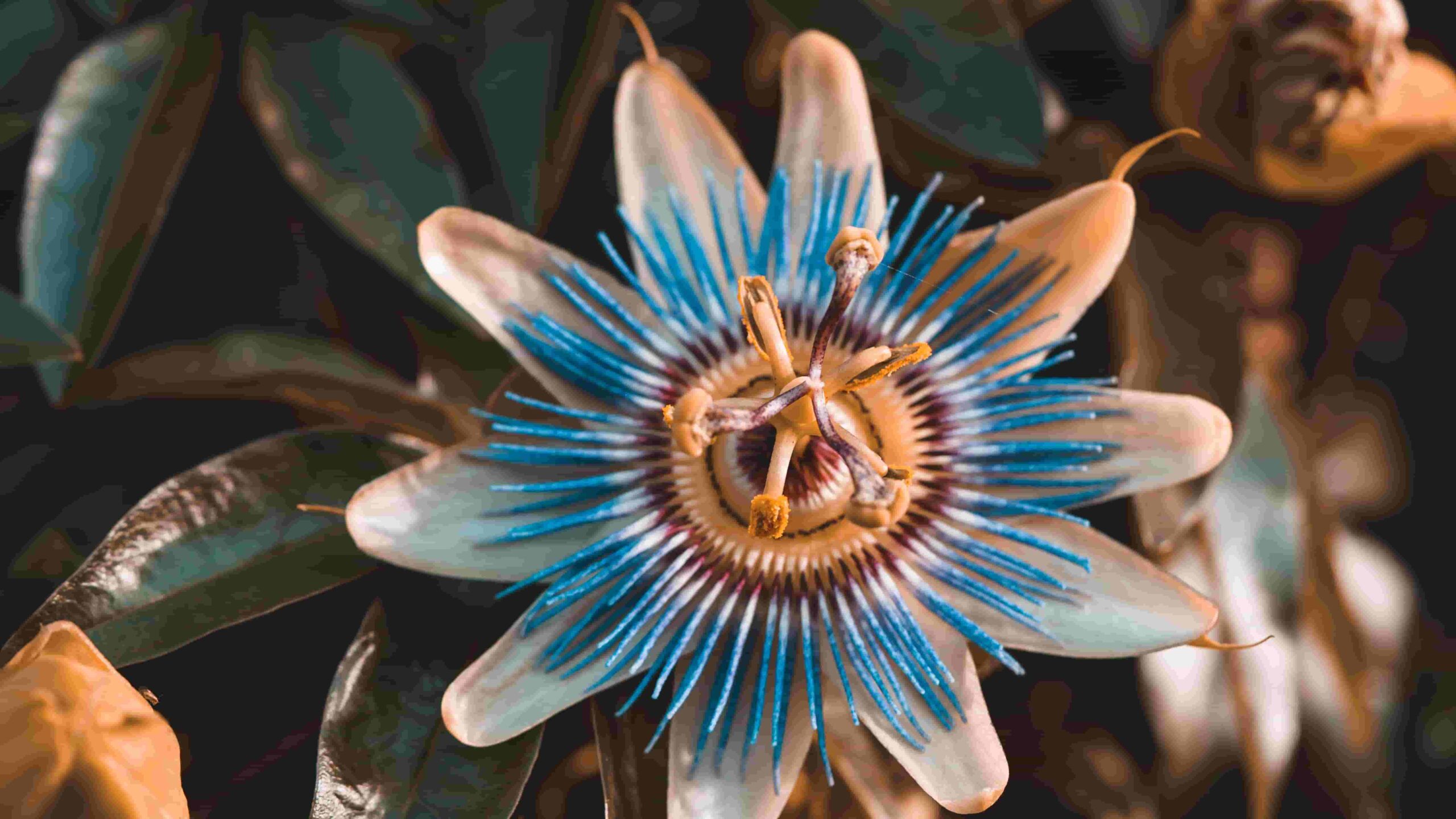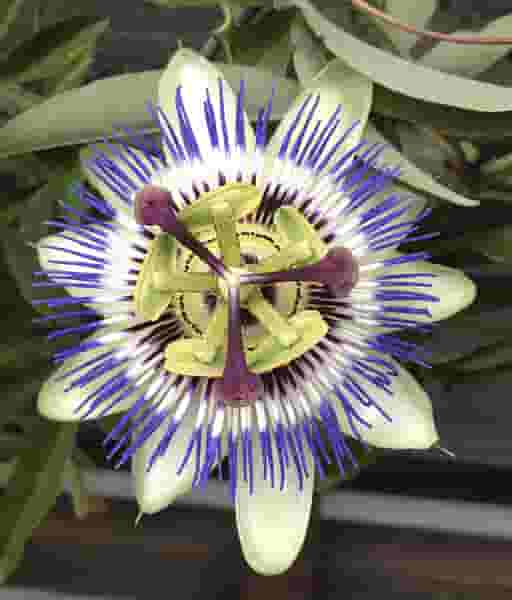Passiflora caerulea, commonly known as the blue passion flower, is a captivating flowering vine that belongs to the Passifloraceae family. With its stunning blue and white blooms and intriguing history, it has become a beloved plant among gardeners and nature enthusiasts. In this article, we will delve into the fascinating world of Passiflora caerulea, exploring its characteristics, cultivation tips, and the symbolic meanings associated with this enchanting flower.
Table of Contents
Introduction
Passiflora caerulea, commonly known as the blue passion flower, is a species of flowering plant native to South America. Its mesmerizing beauty and unique structure have made it a popular choice among gardeners and horticulturists worldwide. Let’s explore the taxonomy, appearance, cultivation, symbolism, and conservation status of this captivating flower.
Taxonomy and Origin of Passiflora Caerulea
Passiflora caerulea belongs to the Passifloraceae family, which consists of about 530 species of flowering plants. It was first described by Carl Linnaeus, the renowned Swedish botanist, in 1753. The species name, “caerulea,” is derived from the Latin word for “blue,” referring to the striking color of its flowers.
The blue passion flower is native to South America, particularly in regions of Argentina, Brazil, Paraguay, and Uruguay. Over time, it has been introduced to various parts of the world and naturalized in several countries due to its ornamental value.
Appearance and Features of Passiflora Caerulea
Passiflora caerulea is a vigorous climbing vine that can reach heights of up to 20 feet (6 meters). Its leaves are alternate, palmate, and lobed, with a dark green color and a glossy texture. The plant produces exquisite flowers that are approximately 3 inches (8 centimeters) in diameter.
The flowers of Passiflora caerulea are a sight to behold. They consist of five sepals, five petals, and a distinctive arrangement of filaments and anthers. The sepals and petals are white, while the corona filaments are blue, giving the flower its characteristic appearance. As the flower matures, it develops orange-yellow fruits that are edible but not particularly flavorful.

Cultivation of Passiflora Caerulea
Passiflora caerulea is relatively easy to cultivate and is suitable for both outdoor and indoor gardening. Here are some essential tips for successful cultivation:
Soil and Light Requirements
The blue passion flower thrives in well-draining soil with a slightly acidic to neutral pH level. It prefers full sun exposure but can tolerate partial shade, especially in regions with intense sunlight or high temperatures.
Planting and Propagation
To propagate Passiflora caerulea, you can use seeds, stem cuttings, or layering. Sow the seeds in a seed-starting mix, keeping them moist until germination occurs. Stem cuttings can be taken from healthy, mature plants and rooted in a well-draining potting mix. Layering involves bending a healthy stem down to the ground and covering it with soil until roots form.
Watering and Fertilization
The blue passion flower requires regular watering, especially during dry spells. However, it is essential to ensure that the soil does not become waterlogged, as excessive moisture can lead to root rot. Apply a balanced fertilizer every two to four weeks during the growing season to promote healthy growth and abundant flowering.
Pruning and Maintenance
Pruning Passiflora caerulea is necessary to control its growth and maintain an appealing shape. It is best to prune the vine in early spring before new growth begins. Remove any dead or damaged branches and trim back excessive growth. Regular maintenance includes removing spent flowers, monitoring for pests, and providing support for the climbing vines.
Common Pests and Diseases in Passiflora Caerulea
While generally resilient, Passiflora caerulea can be susceptible to certain pests and diseases. Aphids, spider mites, and caterpillars can infest the plant, while fungal diseases such as powdery mildew and root rot may occur. Regular inspection and appropriate treatment can help mitigate these issues.

Symbolism and Cultural Significance
Passiflora caerulea holds symbolic meanings and cultural significance in various traditions and cultures around the world. Let’s explore some of the most notable associations:
Religious Symbolism
In Christian iconography, the blue passion flower is often associated with the crucifixion of Jesus Christ. The ten petals and sepals are believed to represent the ten faithful apostles (excluding Judas and Peter). The corona filaments resemble the crown of thorns, the five stamens represent the five wounds of Christ, and the three stigmas symbolize the nails used during the crucifixion.
Medicinal Uses
Passiflora caerulea has a long history of medicinal use in traditional systems of medicine. It is known for its calming and sedative properties, making it useful for treating anxiety, insomnia, and nervous disorders. The plant contains various compounds, including flavonoids and alkaloids, which contribute to its therapeutic effects.
Ornamental Value
Due to its captivating flowers, the blue passion flower is widely cultivated as an ornamental plant in gardens and conservatories. Its intricate blooms and vibrant colors make it a centerpiece in floral arrangements, and it adds a touch of exotic beauty to any landscape.
Associated Species of Passiflora Caerulea
Passiflora caerulea is part of a diverse genus that includes many other remarkable species. Some of the notable Passiflora species include:
- Passiflora edulis (Passion Fruit)
- Passiflora incarnata (Maypop)
- Passiflora coccinea (Scarlet Passion Flower)
- Passiflora lutea (Yellow Passion Flower)
Each species within the Passiflora genus exhibits unique characteristics, contributing to the overall allure of this plant group.
Conservation Status
Passiflora caerulea is not considered endangered or threatened. Its ability to adapt and naturalize in various regions has helped it thrive outside its native range. However, habitat destruction and the introduction of invasive species pose potential risks to the ecological balance of native ecosystems.

Efforts to preserve biodiversity and protect native plant species are crucial to maintaining a healthy environment for the blue passion flower and other flora and fauna.
Conclusion
Passiflora caerulea, the blue passion flower, is a remarkable plant that captivates with its unique structure and vibrant blooms. Its cultivation and symbolism have made it a cherished addition to gardens worldwide. Whether admired for its religious significance, medicinal properties, or ornamental value, this enchanting flower continues to fascinate and inspire.
In conclusion, the blue passion flower, with its alluring blue and white flowers, is a botanical gem that brings beauty and fascination to gardens and landscapes. Whether admired for its religious symbolism, therapeutic properties, or ornamental value, this enchanting flower continues to captivate hearts and minds. By understanding its cultivation requirements and appreciating its cultural significance, we can cultivate a deeper connection with the blue passion flower and embrace its extraordinary charm.
FAQs
Can Passiflora caerulea be grown indoors?
Yes, the blue passion flower can be grown indoors as long as it receives sufficient sunlight or is supplemented with artificial lighting.
Are the fruits of Passiflora caerulea edible?
While the fruits of Passiflora caerulea are edible, they are not particularly flavorful compared to other passion fruit varieties.
How often should I water Passiflora caerulea?
Passiflora caerulea requires regular watering, especially during dry periods. However, it’s important to avoid overwatering, as it can lead to root rot.
Can Passiflora caerulea withstand cold temperatures?
Passiflora caerulea is hardy to a certain extent and can tolerate mild frosts. However, prolonged exposure to freezing temperatures can damage the plant.
Are there any pests or diseases that commonly affect Passiflora caerulea?
Passiflora caerulea can be susceptible to aphids, scale insects, and spider mites. Regular monitoring and appropriate pest control measures can help prevent infestations.

